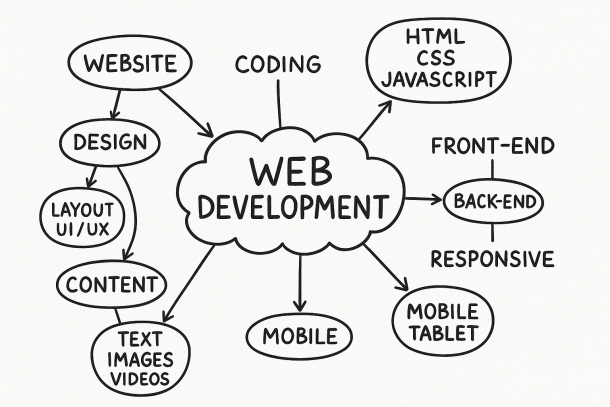A Comparative Analysis of Modern Website Content Management Systems
In today’s digital age, a well-designed and user-friendly website is crucial for businesses and individuals alike. To efficiently manage website content, organizations turn to Content Management Systems (CMS). However, with the abundance of options available, selecting the right CMS can be challenging. In this blog post, we will compare and contrast some of the top modern website content management systems, backed by reputable sources.
- WordPress: As the most widely used CMS, WordPress powers over 40% of websites on the internet (source: W3Techs, September 2021). It boasts a vast ecosystem of themes and plugins, making it highly customizable and suitable for various purposes. Additionally, WordPress offers a user-friendly interface and extensive documentation, making it beginner-friendly (source: WPBeginner).
- Joomla: Joomla is another popular CMS, known for its flexibility and extensibility. It provides a wide range of templates and extensions, enabling users to create complex websites with advanced functionalities (source: Joomla.org). Moreover, Joomla’s robust community support and active forums make it easy to find solutions to common problems (source: Joomla Forum).
- Drupal: Drupal is a powerful CMS favored by organizations with complex content management needs. It offers extensive customization options and scalability, making it suitable for large-scale websites and enterprises (source: Drupal.org). While Drupal has a steeper learning curve compared to WordPress and Joomla, it excels in security and performance (source: CodeinWP).
- Shopify: While primarily recognized as an e-commerce platform, Shopify also serves as a CMS for online stores. It provides a user-friendly interface, allowing users to set up and manage their online stores with ease. Shopify offers a wide range of themes and apps, making it a popular choice for businesses looking to sell products online (source: Shopify).
- Wix: Wix is a beginner-friendly CMS that enables users to create visually appealing websites without any coding knowledge. It offers a drag-and-drop editor, a wide variety of templates, and an extensive app market for additional functionality (source: Wix.com). Wix is best suited for small businesses, portfolios, and simple websites that prioritize aesthetics and ease of use.
Conclusion
Choosing the right CMS depends on the specific needs and goals of your website. WordPress remains a top choice due to its versatility, extensive plugin ecosystem, and user-friendly interface. Joomla and Drupal offer more advanced features and customization options, making them suitable for complex websites and enterprise-level applications. Shopify is ideal for e-commerce, while Wix caters to beginners seeking simplicity and visual appeal.
Remember to thoroughly research each CMS, considering factors such as scalability, security, community support, and ease of use, before making your decision.
Sources:
- W3Techs – https://w3techs.com/technologies/details/cm-wordpress/all/all
- WPBeginner – https://www.wpbeginner.com
- Joomla.org – https://www.joomla.org
- Joomla Forum – https://forum.joomla.org
- Drupal.org – https://www.drupal.org
- CodeinWP – https://www.codeinwp.com/blog/why-use-drupal
- Shopify – https://www.shopify.com
- Wix.com – https://www.wix.com


